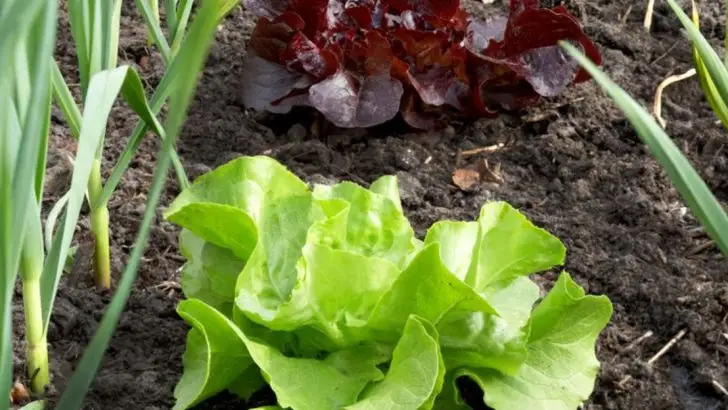Some plants simply grow better together. Companion planting is more than an old gardening tradition—modern research shows that strategic plant pairings can improve growth, boost flavor, deter pests, and enhance soil health.
The secret lies in how plants interact: some release compounds that attract beneficial insects or repel harmful ones, while others enrich the soil or provide shade for their neighbors. The right combinations can transform an ordinary garden into a thriving, balanced ecosystem.
In this article, discover why companion planting works and explore 7 surprising plant pairings that can help your garden flourish naturally.
Tomatoes and Basil
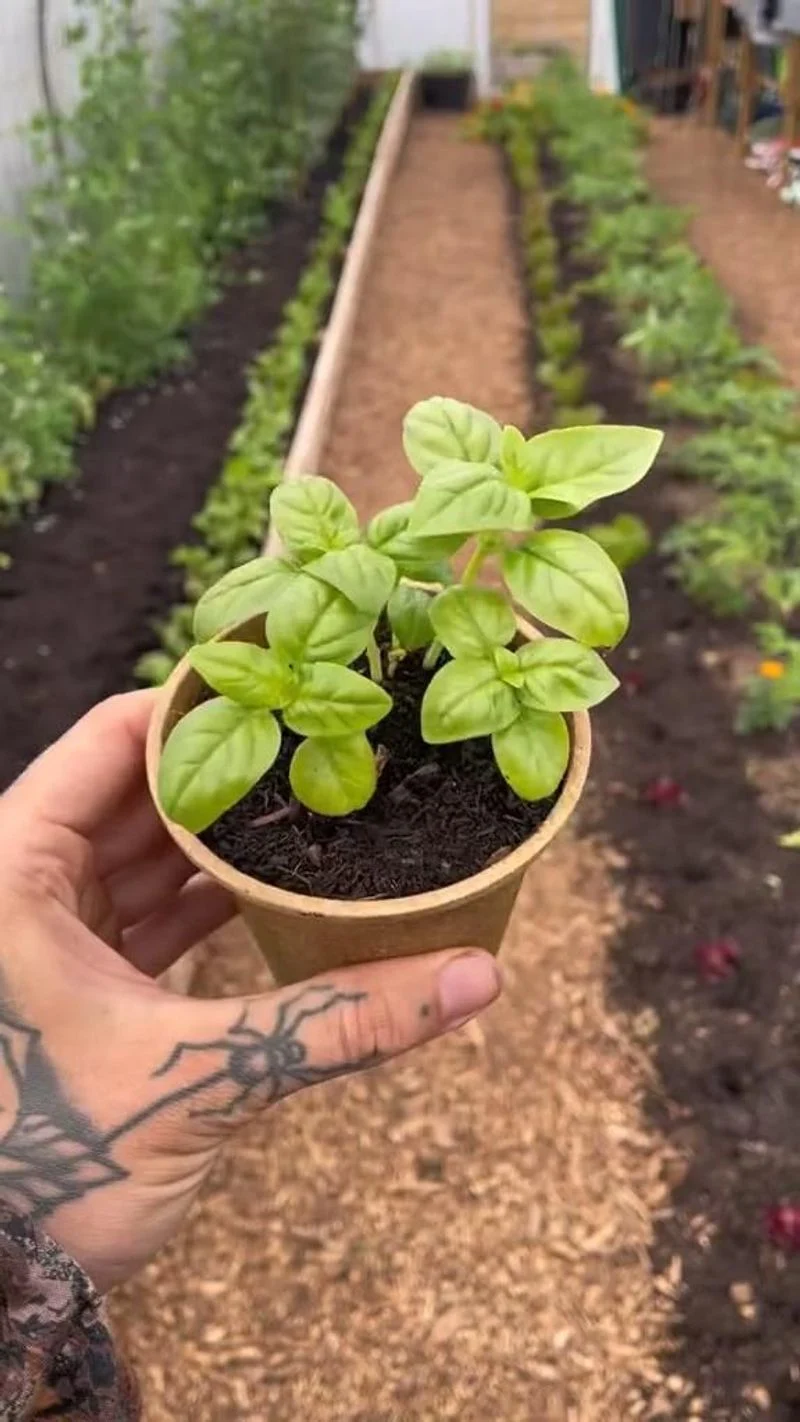
Basil and tomatoes aren’t just culinary companions; they thrive together in the garden too. Basil is known to enhance the flavor of tomatoes, making them a perfect match. Moreover, basil acts as a natural pest deterrent, warding off insects that threaten tomato plants. Some gardeners say this aromatic herb helps improve the growth rate and yield of tomatoes. Imagine a summer salad fresh from your garden, bursting with flavor and vitality. Not only do they complement each other on the plate, but in the soil too. Enjoy this dynamic duo in your own backyard.
Carrots and Onions
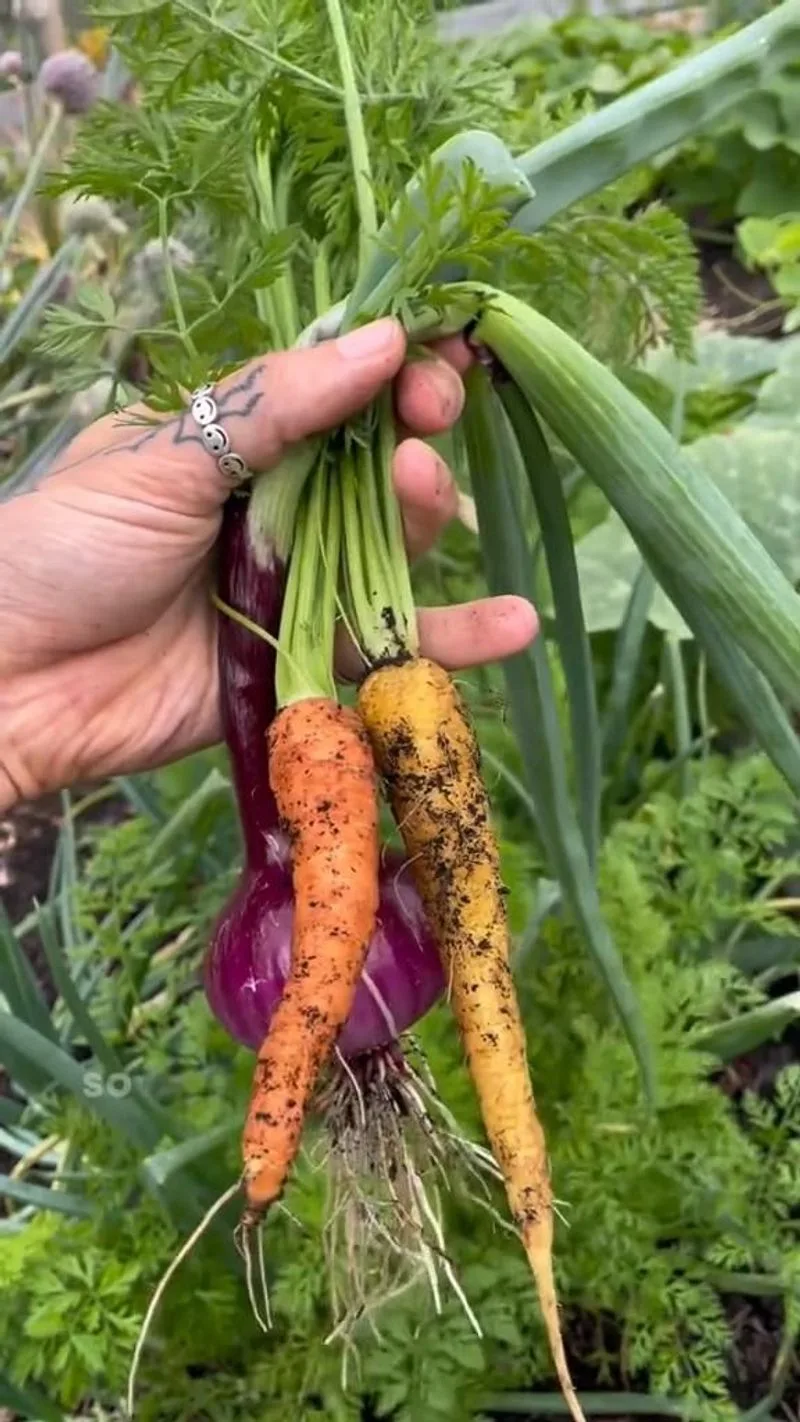
Carrots and onions make a formidable team for gardeners. The onions’ pungent aroma confuses carrot flies, reducing the risk of infestations. Meanwhile, carrots do not interfere with the growth of onions, ensuring both plants flourish. Planting these two together maximizes garden space and productivity. You’ll appreciate the sweet crunch of homegrown carrots alongside the zesty bite of onions in your next meal. This combination has long been favored by gardeners for its simplicity and effectiveness. Discover the satisfaction of harvesting these root vegetables side by side.
Beans and Corn

This pairing harks back to Native American agricultural traditions. Beans climb the sturdy corn stalks, eliminating the need for additional support structures. In return, beans enrich the soil with nitrogen, benefiting the corn. This symbiotic relationship boosts yields and supports sustainable gardening practices. Visualize a garden where every plant serves a purpose, working together in harmony. The beans and corn partnership exemplifies nature’s cooperative spirit, reminding us of the wisdom in traditional planting techniques.
Marigolds and Cabbage
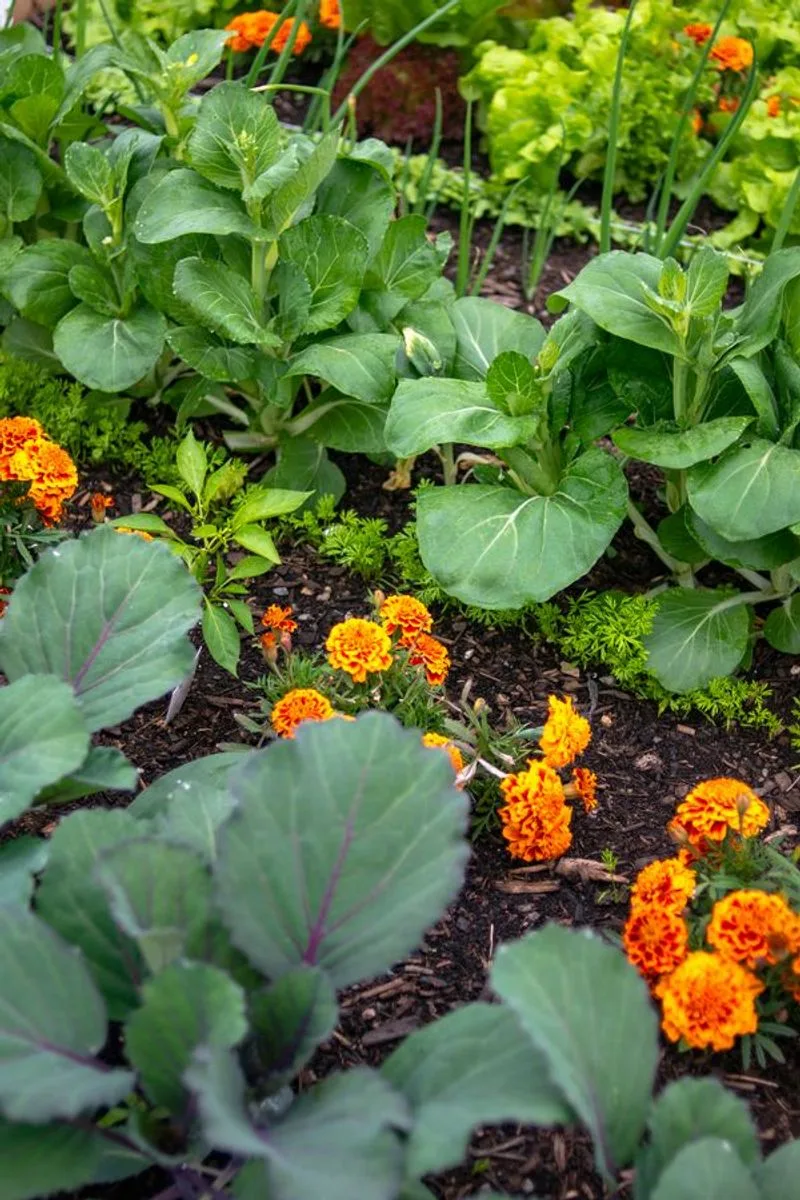
Marigolds are more than just pretty blooms; they are protective allies for cabbage. Their scent repels nematodes and other pests that plague cabbage plants. Creating a colorful barrier, marigolds add aesthetic appeal while safeguarding your crops. In return, cabbage provides ground cover, reducing weed growth around marigolds. This partnership highlights the dual benefits of beauty and practicality in gardening. Picture a garden bed bursting with color and vitality, where each plant plays a role in maintaining the balance.
Radishes and Cucumbers

Radishes grow swiftly, breaking up the soil and creating space for cucumber roots to expand. This quick growth also acts as a natural marker for cucumber rows. While radishes deter pests like cucumber beetles, cucumbers benefit from a well-prepared planting site. Together, they optimize space and resources, making them ideal for small gardens. Envision the crunch of fresh radishes and the crispness of cucumbers in your salad, straight from the garden. These two make growing your vegetables a rewarding experience.
Lettuce and Chives
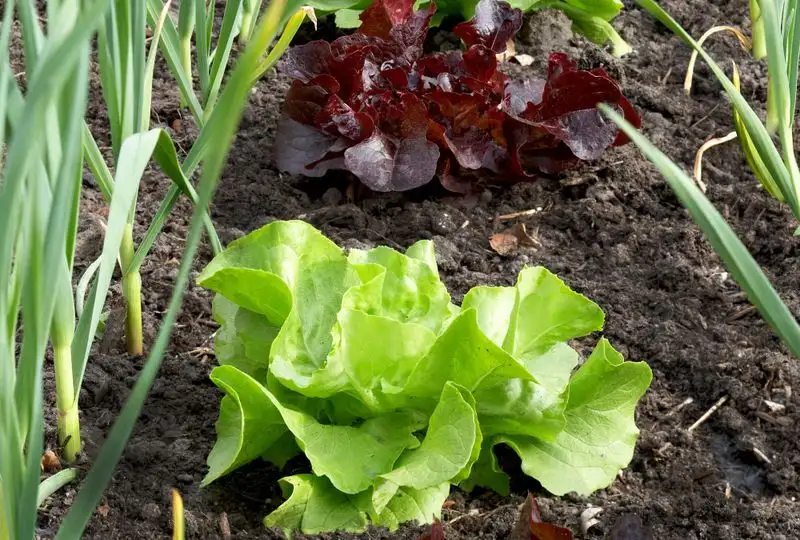
Lettuce and chives are the unsung heroes of companion planting. Chives deter aphids, which are common lettuce pests, ensuring a healthy harvest. Meanwhile, lettuce provides a cool microclimate for chives, prolonging their growing season. This pairing is perfect for maximizing garden output in limited spaces. Picture the soft, leafy greens of lettuce mingling with the sharp, flavorful chives. Together, they create a culinary delight that’s both fresh and flavorful. Discover the ease and efficiency of growing these two companions in your garden.
Strawberries and Borage
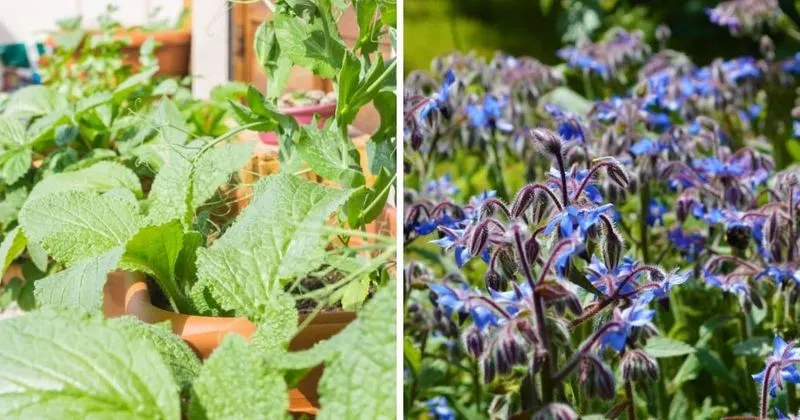
Strawberries and borage form an unexpected yet fruitful alliance. Borage attracts pollinators with its star-shaped blue flowers, boosting strawberry yields. The herb also acts as a natural deterrent for pests like the dreaded tomato hornworm. In turn, strawberries offer a sweet ground cover, reducing weed competition for borage. Visualize a garden where borage’s bright blooms dance beside juicy red strawberries. This pairing brings together beauty and functionality, promising a bountiful harvest filled with flavor and fragrance.

